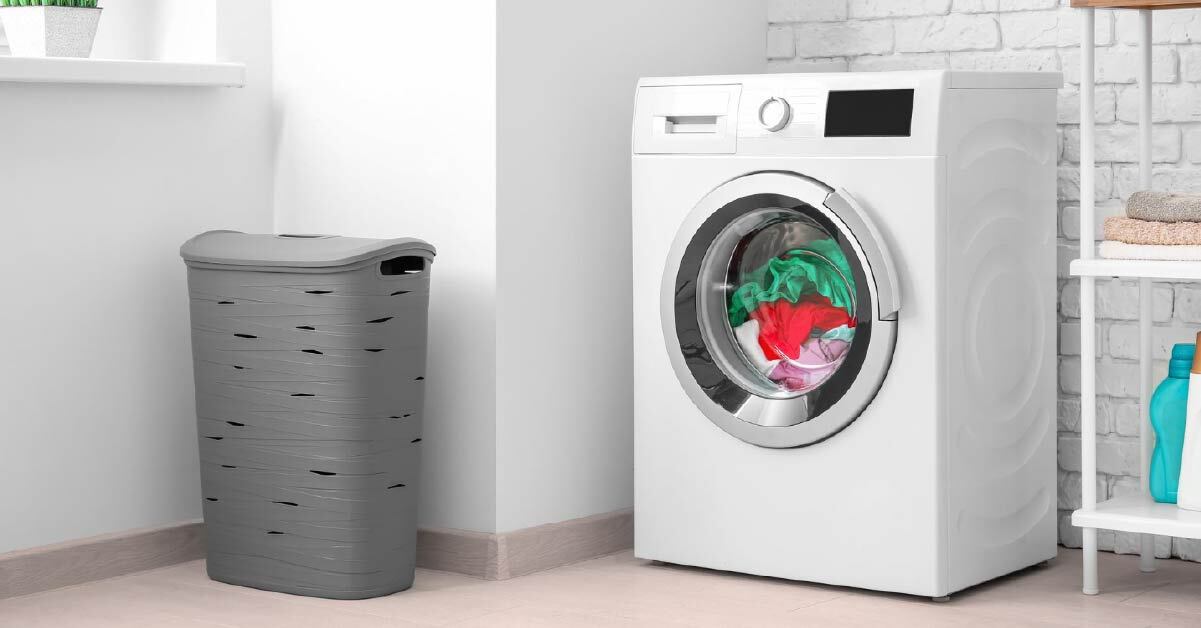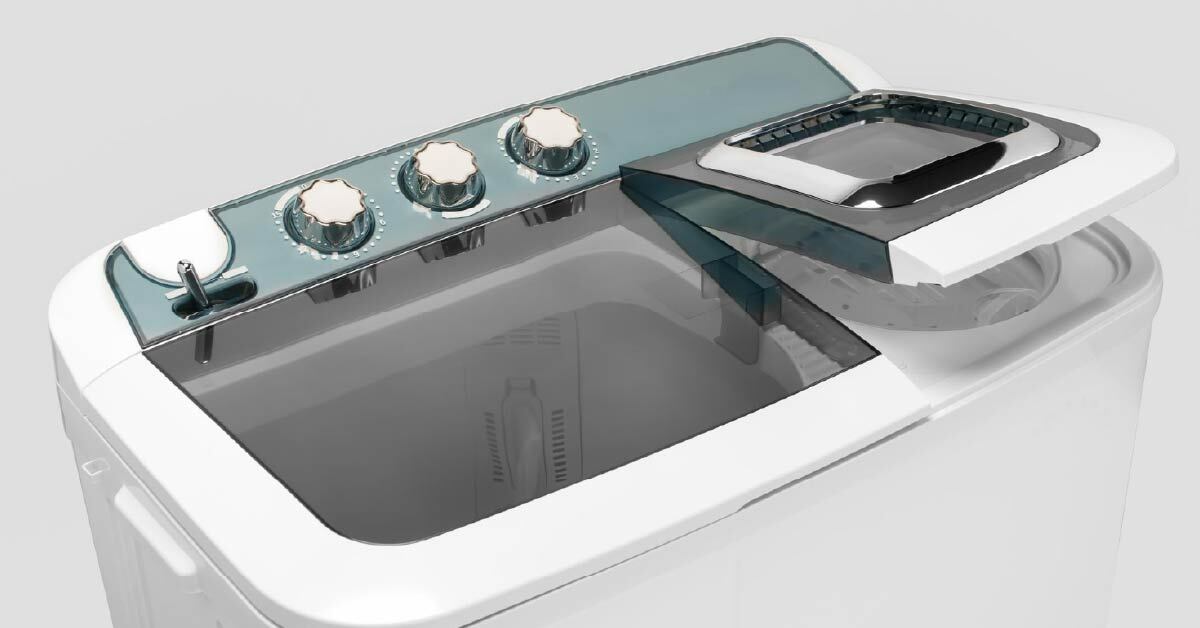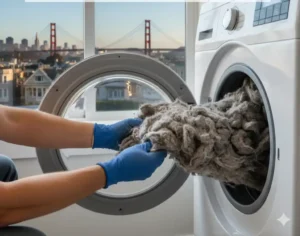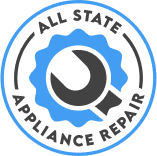Washing machines are the unsung heroes of our homes, tirelessly cleaning clothes day after day. But like any appliance, they need regular care to perform at their best. Whether you own a front-load or top-load washing machine, proper maintenance can extend its lifespan, improve efficiency, and prevent costly repairs. In this guide, we’ll walk you through expert-approved maintenance tips for both types, highlight the benefits of staying proactive, and explain when it’s time to call in the pros—like our team. Let’s dive in!
Front-Load Washing Machine Maintenance Tips
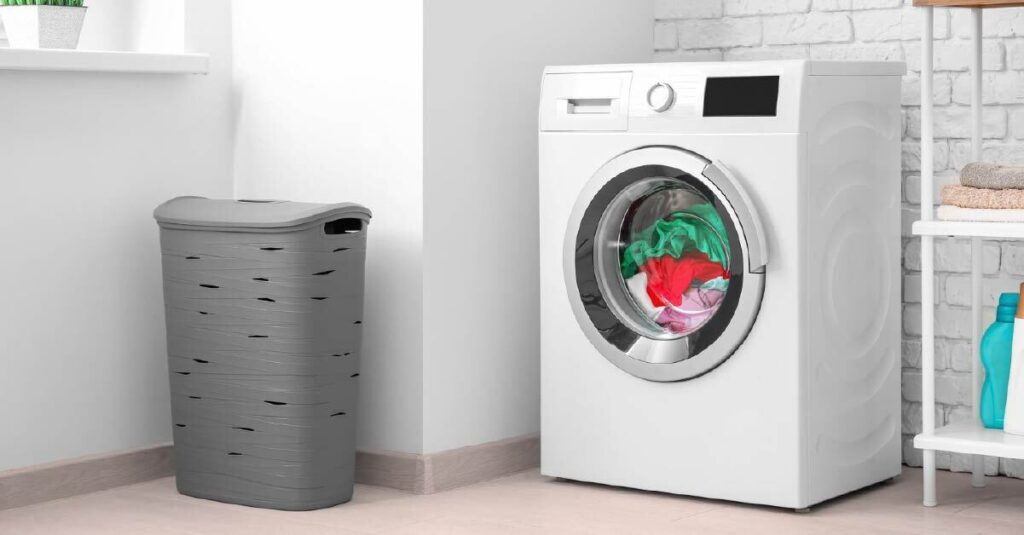
Front-load washers are known for their energy efficiency and gentle cleaning, but their design makes them prone to mold, mildew, and buildup if not maintained properly. Here’s how to keep yours in top shape:
1. Clean the Door Gasket Regularly
The rubber gasket around the door traps moisture and debris, creating a breeding ground for mold. Wipe it down with a damp cloth and mild detergent monthly, then dry it thoroughly. For stubborn odors, use a vinegar-soaked cloth and let it sit for 10 minutes before wiping.
2. Run a Cleaning Cycle Monthly
Use a washing machine cleaner like Affresh or a DIY mix of vinegar and baking soda. Run a hot water cycle (no clothes) to flush out detergent residue and grime from the drum. Top-ranking sites like The Spruce and Asurion emphasize this step for odor prevention.
3. Leave the Door Open After Use
Unlike top-loaders, front-load machines need airflow to dry out. Leaving the door ajar after each wash prevents moisture buildup—a tip echoed by Treehugger and Samsung’s support pages. This simple habit can save you from mold-related repairs.
4. Check and Clean the Drain Pump Filter
Located at the bottom front of most models, the drain pump filter catches lint and small objects. Empty it every 1-2 months to avoid clogs and water drainage issues. Kelly’s Home Center suggests wearing gloves to handle the mess—great advice we recommend following!
5. Inspect Hoses and Connections
Check the water inlet hoses for cracks or leaks every six months. Replace them every 3-5 years to prevent bursts, a point Angi highlights as critical for avoiding water damage.
Top-Load Washing Machine Maintenance Tips
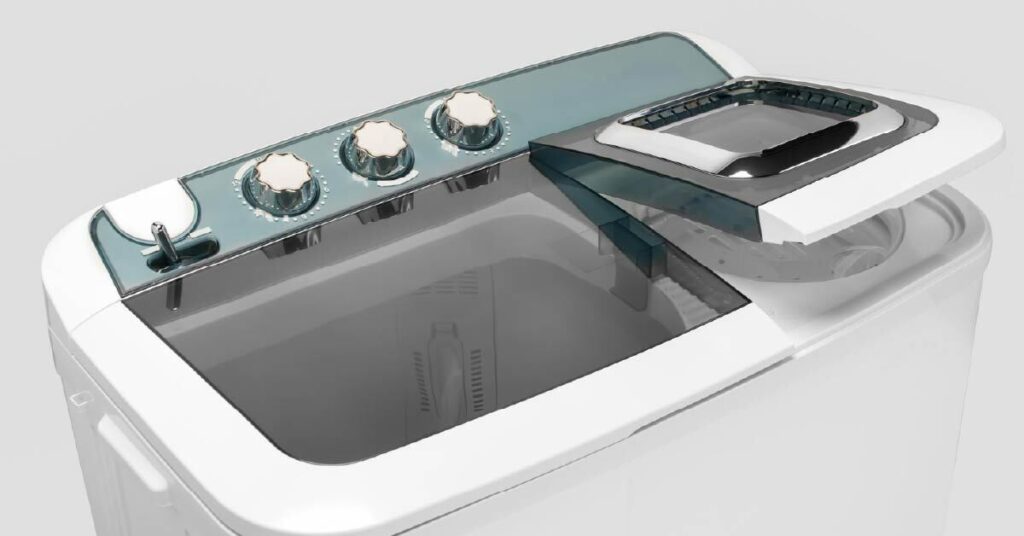
Top-load washers are durable and user-friendly, but they’re not immune to wear and tear. Follow these steps to keep yours running smoothly:
1. Clean the Drum with Vinegar and Baking Soda
Fill the drum with hot water, add 1 cup of white vinegar and ½ cup of baking soda, and let it soak for an hour. Run a full cycle afterward. Real Simple and Martha Stewart swear by this method to remove odors and buildup.
2. Wipe Down the Lid and Exterior
Use a damp cloth and mild cleaner to remove dust, detergent spills, and grime from the lid, control panel, and sides. Coast Appliances notes this keeps the machine looking new and prevents sticky residue.
3. Inspect the Agitator or Impeller
If your model has an agitator, check for trapped debris like strings or lint. For impeller models, ensure it spins freely. Spencer’s TV & Appliance suggests a quarterly check to maintain wash performance.
4. Avoid Overloading
Overloading strains the motor and suspension system. Stick to ¾ full loads, a tip Whirlpool reinforces to prolong machine life—a detail often overlooked by competitors.
5. Clean the Water Inlet Filters
Unscrew the hoses from the back and remove the small filters where water enters. Rinse them under running water to clear sediment. Hubbard’s Maid Service recommends this for consistent water flow.
Benefits of Washing Machine Maintenance
Regular upkeep isn’t just about avoiding breakdowns—it delivers tangible perks for your home and wallet. Here’s why it’s worth the effort:
- Extended Lifespan: A well-maintained washer can last 10-15 years, saving you from premature replacement costs.
- Improved Efficiency: Clean machines use less water and energy, lowering utility bills—a point Samsung and Treehugger emphasize for eco-conscious readers.
- Better Cleaning Results: No more musty smells or detergent residue on clothes, ensuring every load comes out fresh.
- Fewer Repairs: Proactive care catches small issues before they escalate, reducing the need for emergency fixes.
When to Call a Professional
DIY maintenance goes a long way, but some problems require expert attention. Contact a professional if you notice:
- Persistent Odors: If cleaning cycles don’t eliminate smells, hidden mold or drainage issues may be needed.
- Unusual Noises: Grinding, banging, or squeaking could signal motor or bearing failure—don’t wait to get it checked.
- Leaks or Poor Drainage: These often stem from clogged filters or damaged hoses, best handled by a technician.
- Error Codes: Modern machines display codes for malfunctions. If you can’t resolve them, it’s time for.
- Excessive Vibration: Beyond leveling, this could indicate suspension or balance problems requiring specialized tools.
Don’t let washer woes disrupt your day—call us now and get your machine back to peak performance!
Our Professional Washing Machine Maintenance Service
At All State Appliance Repair, we take the hassle out of keeping your washer in peak condition. Our skilled technicians offer:
- Comprehensive Cleaning: We tackle hard-to-reach areas like drums, filters, and gaskets to eliminate buildup and odors.
- Thorough Inspections: From hoses to motors, we check every component to catch issues early.
- Fast Repairs: If something’s wrong, we fix it on the spot with genuine parts, ensuring lasting results.
- Tailored Advice: We provide personalized tips based on your machine’s make and model—front-load or top-load.
Ready to give your washer the care it deserves? Schedule today and enjoy peace of mind knowing your appliance is in expert hands.
Common Washing Machine Maintenance Mistakes to Avoid
To round out your content and outshine competitors, here’s a bonus section addressing gaps in the analyzed sites:
1. Using Too Much Detergent
Excess suds lead to buildup and strain the machine. Use the recommended amount—HE detergent for front-loaders, standard for top-loaders.
2. Ignoring the Manual
Every model has unique needs. Skipping the manufacturer’s guidelines (a point overlooks) can void warranties or miss key steps.
3. Neglecting Seasonal Checks
Hard water or humid climates accelerate wear. Adjust maintenance frequency accordingly—something Angi and others don’t mention.

